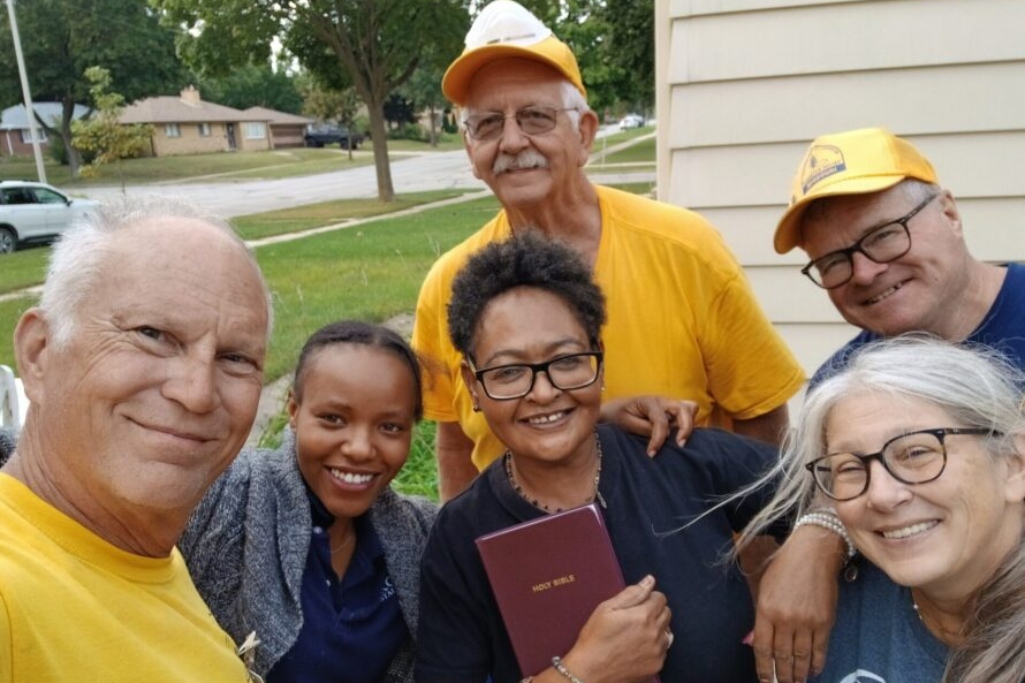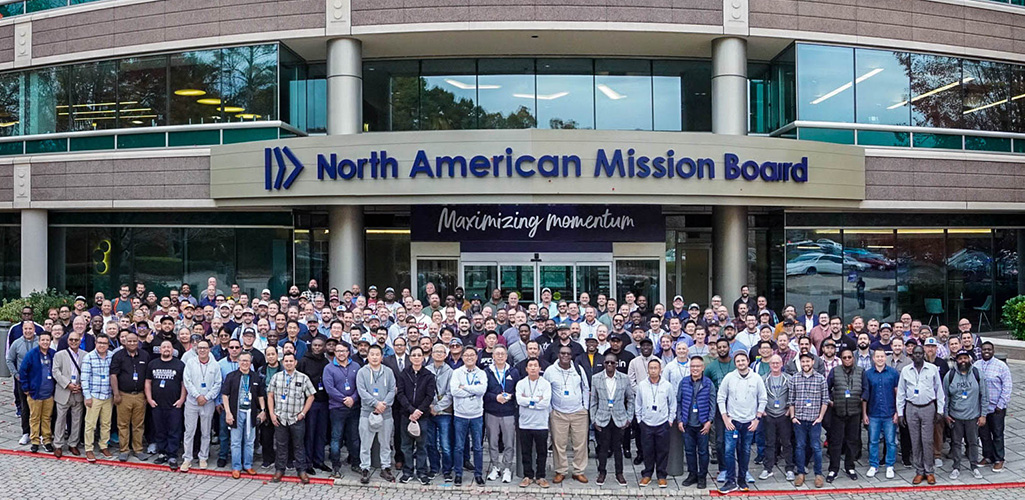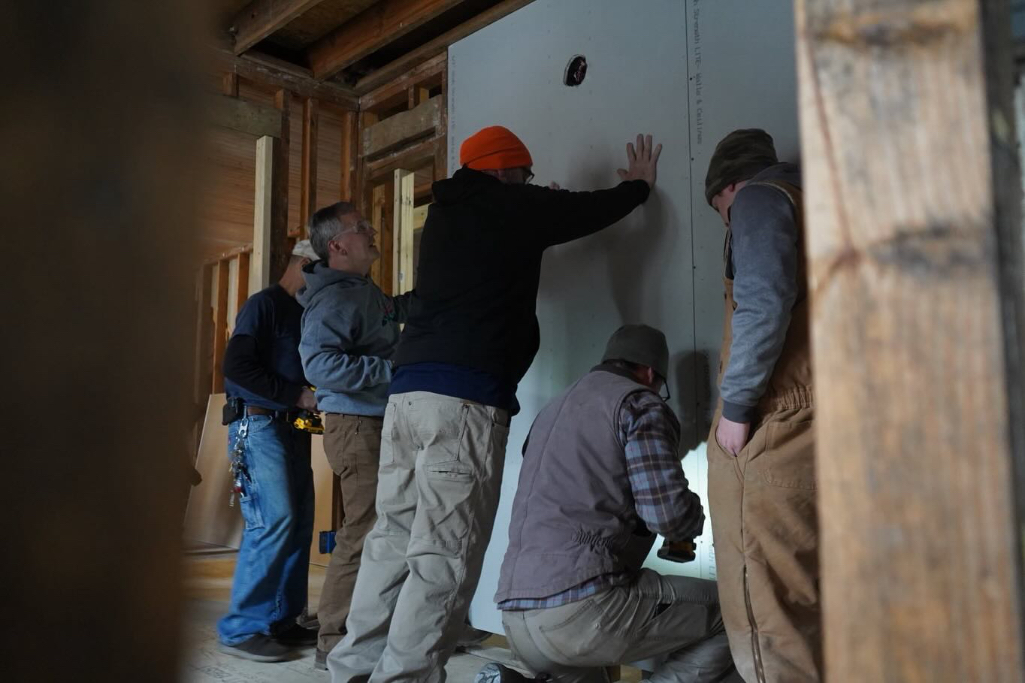
MODR serving in Milwaukee.
MILWAUKEE, Wis. — Milwaukee may be known for many things, including the birth of Harley-Davidson motorcycles, cheese curds, bratwurst and Lake Michigan.
But one thing it’s not known for is floods. That changed Aug. 9-10, when parts of the city were inundated with 10-14 inches of rain. The rain came so fast that it was more than the storm drains could handle, and it caused water to back up into basements throughout the city. The event, referred to as a “1,000-year flood,” damaged more than 3,000 homes.
Missouri was one of five states to send Disaster Relief (DR) teams in the aftermath of the floods. While the intent was to help victims clean up and prepare for repairs, the teams found that their efforts helped accomplish something even more important.
As Ben Seamans, DR director for the Minnesota-Wisconsin Baptist Convention, explained, “Milwaukee has always been a very racially divided city. So, a lot of the teams were initially looked at with suspicion when they went into the African American areas that were hit the hardest.”
Seamans said one of things that helped ease the tension was a couple of television interviews that featured Southern Baptist Disaster Relief teams and the volunteer work they were doing to help flood victims.
“Of course, that introduced our logo and the yellow shirts,” he said. “So, we soon saw people waving at our volunteers, saying hello when they saw us in a store and telling us that they saw us on TV.”
John Mohler, northwest regional coordinator for Missouri Disaster Relief (MODR) and director of missions for the Harrison Baptist Association, saw much of the same response. Mohler, who served as the “white hat” (incident command leader) for a week in Milwaukee, recalled that while MODR teams were working on a church in one neighborhood, the pastor received more than one call from members asking what the group was doing at the church.
“He basically explained that we were there to offer our service because we wanted to help,” Mohler said, noting that Missouri DR teams worked on three churches in addition to numerous homes. “In fact, two different pastors told us, ‘You guys will never know what kind of an impact you’ve had on our community by just coming and being here.’
“Sometimes we get so focused on the lives of the individuals that we forget about the overall community’s stability,” he added. “I think this was one of those cases where we got to see a community impacted.”
Dan Freeze, Missouri DR flood recovery coordinator, said the project was one of the cleanest projects he has ever worked on.
“There was very little mud, if any, and not too much mold,” he said. “Nearly all the flooding was from fresh water that overloaded the storm drains and flowed into basements through windows, window wells and other openings. Most people who were affected by the storm also had finished basements. So, we tore out a lot of sheetrock, insulation and paneling that was wet.”
Freeze said that Missouri DR teams primarily worked in two areas about 20 minutes apart.
“We saw a wide range of individuals who were affected by the flooding,” he said. “Some were older, some younger, some could afford to hire somebody and others didn’t know where to turn for help. Out of 18 jobs in one area, at least half of them were widows,” he added. “But everyone we helped was very appreciative and couldn’t thank us enough.”
Freeze said one lady, who only spoke Spanish, was brought to tears when the team showed up to help at the request of a friend.
“She told us through an interpreter that she didn’t have the money to hire anybody, and she didn’t know what she was going to do,” he said.
Seamans said he wasn’t quite sure what he was going to do either, until DR teams started showing up.
“Our convention isn’t like those in the southern states,” he said. “We only have 224 Baptist churches in the entire two-state area. Plus, this was my first time hosting other state teams, because we’ve never had to deal with a disaster quite like this.
“So, this was like a graduate class on disaster relief for me,” he continued. “I’ve learned so much during this whole process, and I can’t say enough about how grateful our community is to all the people who came here to help.”


